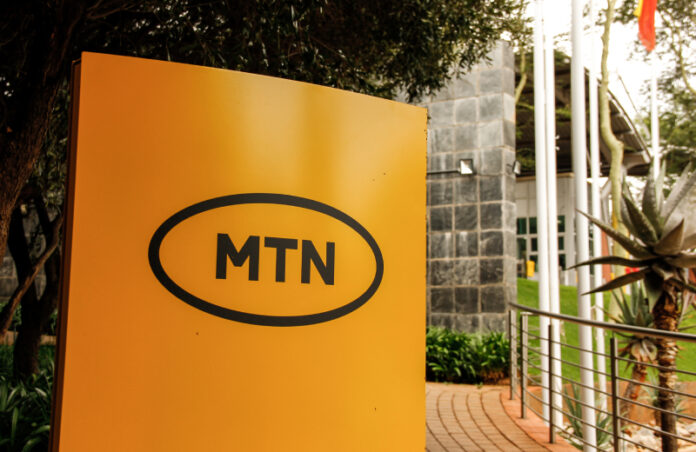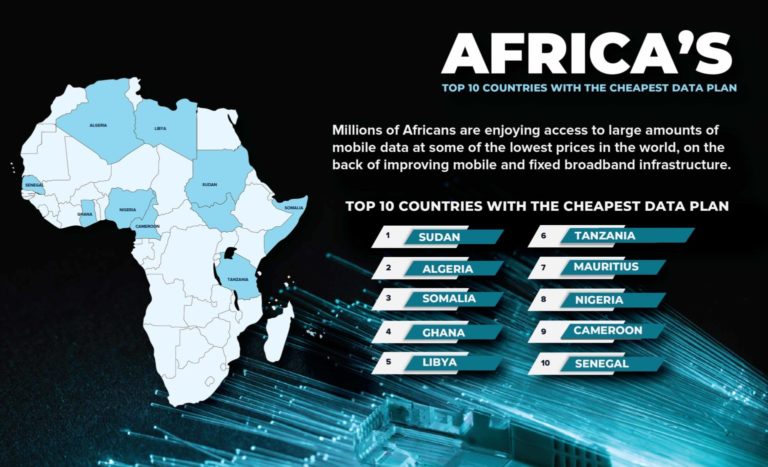Aggregators are enabling independent voices in Kenya’s controlled news circuit

Kenya is all about the news. No, literally, “Habari”, a common greeting in Swahili, means “Any news?” in English.
Everyone has their favourite publication. And every publication has a different story.
Data-driven digital media is taking the place of print in Kenya. As the world becomes busier and more digital, the consumption of media has changed. Emerging to take the place of rifling through the morning newspaper are scrollable, swipeable news aggregators that have the potential to change Kenya’s media landscape.
Who owns the headlines? The origins of Kenyan media
In a country of 52 million people, only a few formal media houses run print news. At an average cost of $0.54 per paper, reading the news can become expensive.
Nation Media Group publishes Daily Nation. With a daily circulation of 200,000, it stands as Kenya’s most popular news publication.
The Standard Group comes in second, with three spin-offs: The Standard, The Standard on Saturday, and The Standard on Sunday. At its inception, more than 100 years ago, it was a colonial newspaper focused on British news. In 1970, African editors took over the running of the paper and shifted its focus to local reporting.
In an increasingly digital society, news aggregators are offering a new avenue for readers to access diversified content and human stories.
News aggregators use AI to collate news from different sources, placing them in one, central, scrollable feed. The rise of the news aggregator has, without a doubt, changed the global news industry.
In 2005, the Agence France-Presse (AFP), sued Google and sought an order barring Google from placing their content on Google News, claiming that the reproduction of the site’s pictures and articles was copyright infringement. AFP and Google settled the suit and the two parties entered a licensed content deal after two years of litigation.
Opera News is another digital news aggregator focused on capturing newsreaders in Africa. It sits under the Opera technology umbrella. If the name sounds familiar it’s because Opera is also the creator of Opay, who raised $400 million from Softbank Vision Fund 2 in late August. The aggregator models itself after a popular app in China, Jinri Toutiao (in English, “Today’s Headlines”). Opera News hit 10 million users in Africa in 2018 and expanded into Kenya in 2020.
Much like other aggregators, like Google News and Flipboard, Opera News’ AI crawls the internet for content. But unlike other news aggregation giants, Opera News focuses on the curation of original, local, news-pulling stories from local media and fostering a band of content creators that are paid based on a set of parameters that include article clicks.
Positive feedback loops
Aggregating digital news in an environment that tends towards the latest and greatest political stories calls for a shift in focus. In the world of news aggregation, moving the needle is as easy as a tweak in the algorithm.
“Some of the parameters that we had before [were] pretty much based on…a lot of people are clicking this [and] our AI picks this up. So what happens is that people who are not doing that cannot get traffic…” said Anthory Ilari, Team Lead of Opera News East Africa.
Ilari found that this directly demotivated Opera News’ content creators from reporting stories on broader topics in Kenya.
To deal with this, Ilari’s team adjusted the algorithm to give original, non-political pieces a boost in the ranking system and feed.
Albert Bittok, a trained journalist that contributed to Opera News in his spare time, said that, from his experience, articles that received the most views and highest payout were focused on human interest and other topics like politics, sports, and agriculture.
After a quick scroll through the headlines page on the Opera News app, TechCabal found that 35% of the headlines were non-political, focused on Kenyan celebrity gossip. On the For You page, on the other hand, 70% of the recommended posts were political in nature.
Agitating aggregation
But news aggregators are not the be-all and end-all for news diversification in Kenya. Aggregators, like most technology, have their pitfalls. According to Dr. Dinesh Balliah, Acting Director of the Wits Centre for Journalism at Wits University, aggregators point to the growing need for “convenience in the global economy”, but much like print media, reliance on a single aggregator can be counterproductive.
“News consumers are not reading intertextually and are therefore getting a single narrative if they are reliant on a single aggregator,” she wrote to TechCabal over email. “Aggregators, like social media platforms, must assist the news media to sustain itself,” she added.
News aggregation requires constant tweaking, learning, and development in a world where millions of clicks come within a few hours. In 2020, Kenya’s internet penetration rate was 85%, with 76% of the internet being accessed by cell phones.
As Kenya’s 2022 elections draw near, content moderation will become harder than ever and the nation’s news aggregators will have to rise to the challenge.







